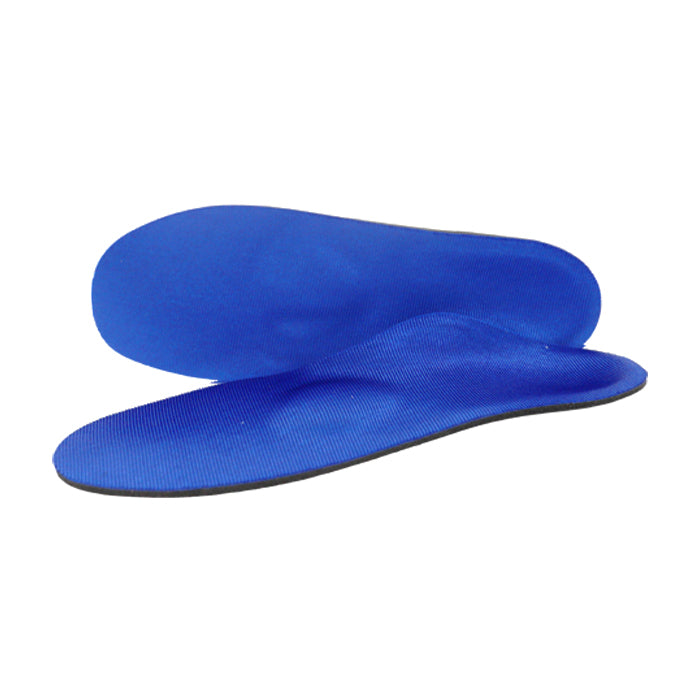What is Plantar Fasciitis?
Plantar fasciitis is caused by the plantar fascia pulling on the heel bone and causing inflammation and pain.
The plantar fascia is connective tissue that acts as a stabilizer and maintains the integrity of the foot's arch. It originates at the bottom of the heel bone, is attached to the ball of the foot, and continues forward to insert at the toes.
Plantar Fasciitis Common Symptoms
Patients complain of severe pain felt in the heel when they walk after having been off their feet for a while, for example when taking the first few steps after sleeping. This pain is commonly referred to as pain after rest! One of the main characteristics of plantar fasciitis heel pain is that the pain will subside or go away after walking for short while and then return once you sit down for a period of time. This is not true in all cases. Often times the pain can be constant but is usually more severe in the mornings or after long periods of not being on your feet.
How is Plantar Fasciitis Caused?
Plantar Fasciitis is caused by the plantar fascia being repeatedly stretched, twisted, and torn. This damage is often due to the forefoot over-pronating, which causes the plantar fascia to become inflamed.
Pain due to Plantar Fasciitis is often felt in the heel because that is where the plantar fascia is most weakly connected to the rest of the foot. When the plantar fascia is strained, it pulls connective tissue away from the heel which causes the pain and inflammation. Eventually, this stress causes heel spurs as the heel attempts to grow towards the plantar fascia to reattach. Fragile new fibers are formed overnight or when you are off your feet for an extended time, and these fibers tear when you put weight on them, which is why the pain is most severe in the morning or after resting.
How is Plantar Fasciitis Treated?
free foot analysis
Treatment options vary according to symptoms. If the pain is caused by over-pronation and continuous torquing of the fascia, an aggressive more rigid orthotic is needed to stop the torquing and stabilize the forefoot. If the pain is found in the middle area of the plantar fascia, aggressive rearfoot control is needed and can be found with orthotics. Since the problem is the over-pronation, orthotics and footwear that control pronation and arch elongation should be used. The average person can expect a 20-25% improvement every 2 weeks until complete recovery, which generally takes 2 to 3 months.
Wearing proper support is only part of the solution for plantar fasciitis. Stretching exercises should be utilized daily. Additionally, sufferers from plantar fasciitis should avoid heavy walking/running/exercise until the inflammation has subsided. People with plantar fasciitis should not walk around the house barefoot. Wearing a support slipper or sock will help support the foot around the home.
Best Arch supports for Plantar Fasciitis
We also offer a variety of arch supports that can fit into your casual, professional, or athletic shoes.
|
Sovella S1000 Max Support Orthotic Arch Support |
Sovella S3000 |
S3500 COMFORT W/MET |
|
Sovella Dress Arch Supports |
Sovella Dress Arch Supports with Met Pad |
Where to buy Arch Supports and Shoes for Plantar Fasciitis
At Lucky Feet Shoes, we carry a wide variety of arch supports and shoes for plantar fasciitis online and in Southern California. We fit customers with arch supports and shoes for plantar fasciitis, with stores in Anaheim Hills, Rancho Cucamonga, Riverside, San Dimas, Long Beach, Temecula, Redlands, Seal Beach, Upland, Costa Mesa, Palm Desert, Huntington Beach, and Claremont. We invite you to stop by for a free foot analysis and try our arch supports and shoes for plantar fasciitis. In addition, we have a large selection of comfort shoes, wide shoes, walking shoes, running shoes, arch supports, and custom orthotics!














